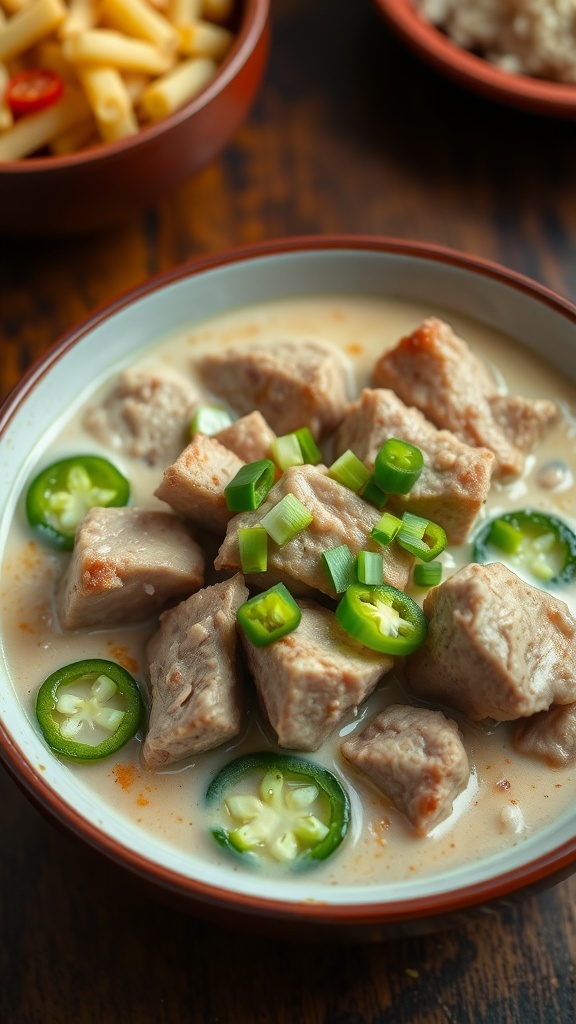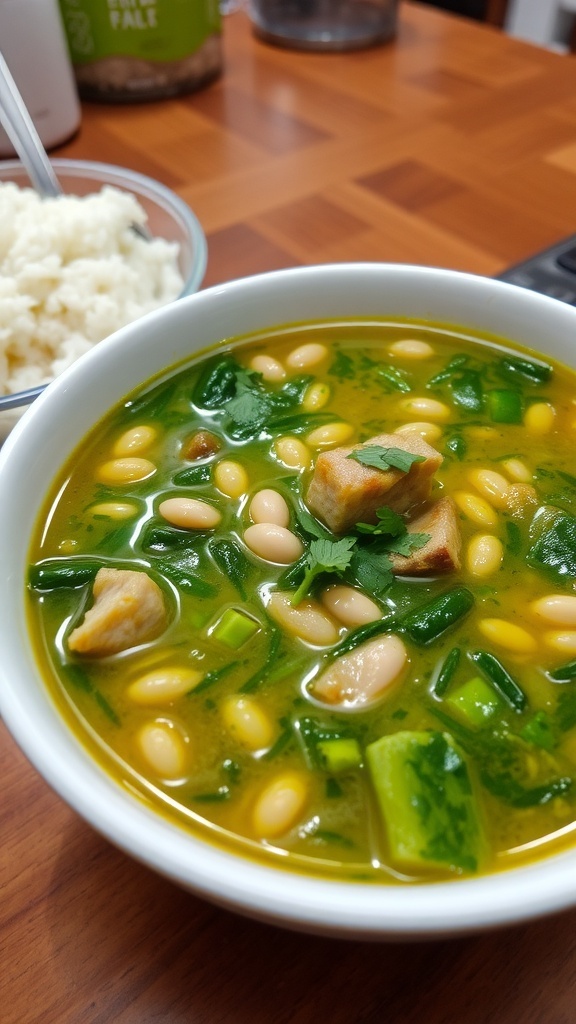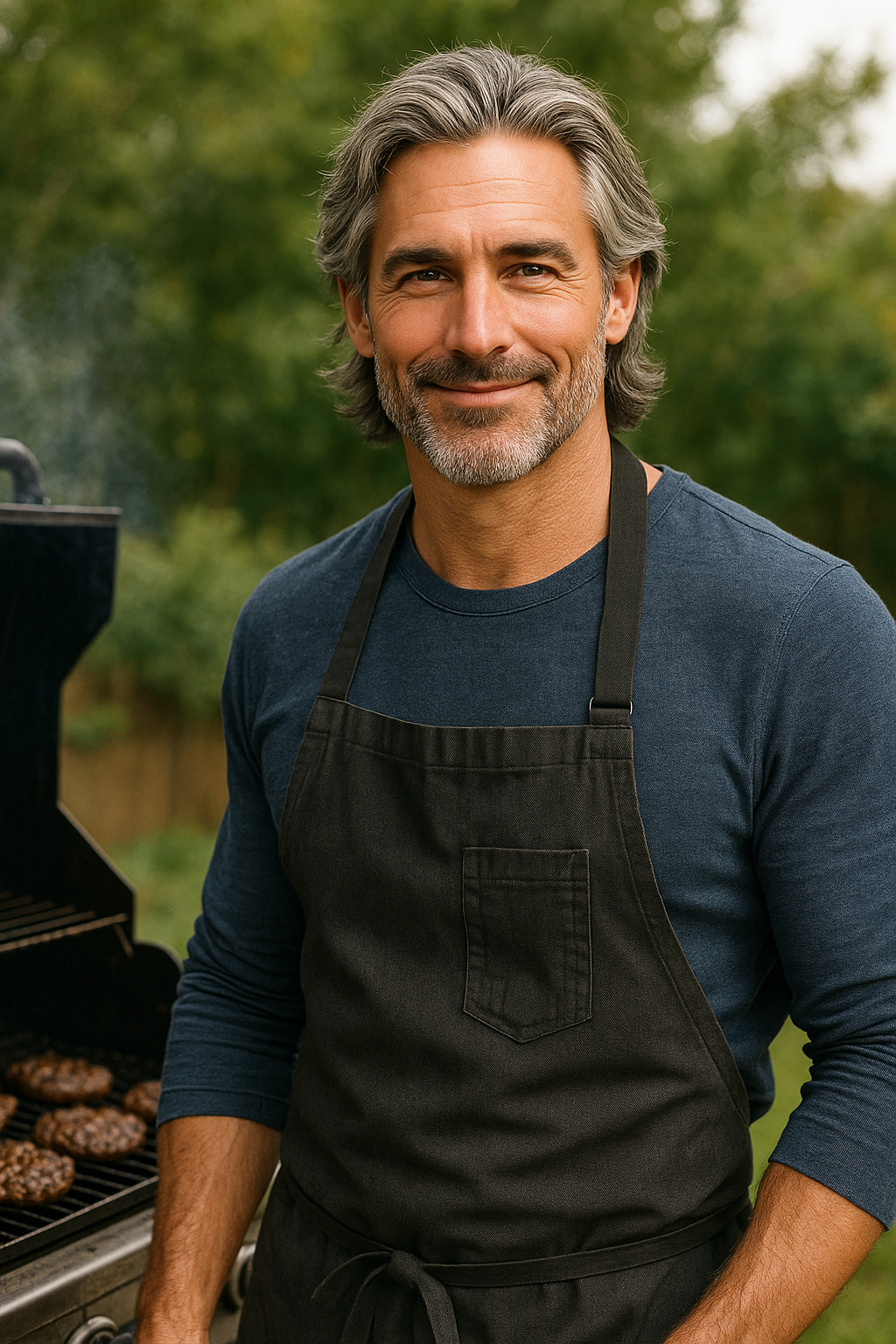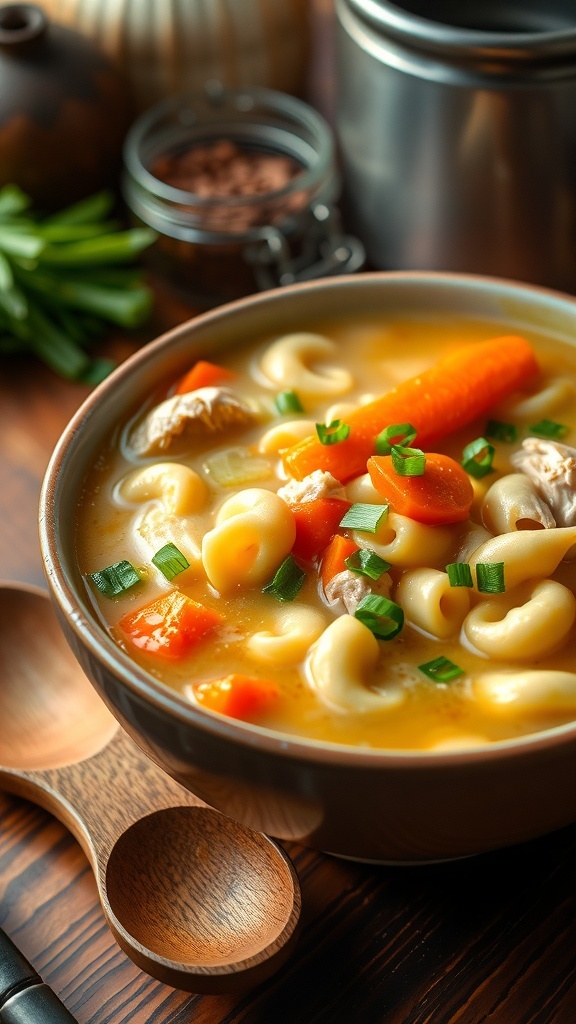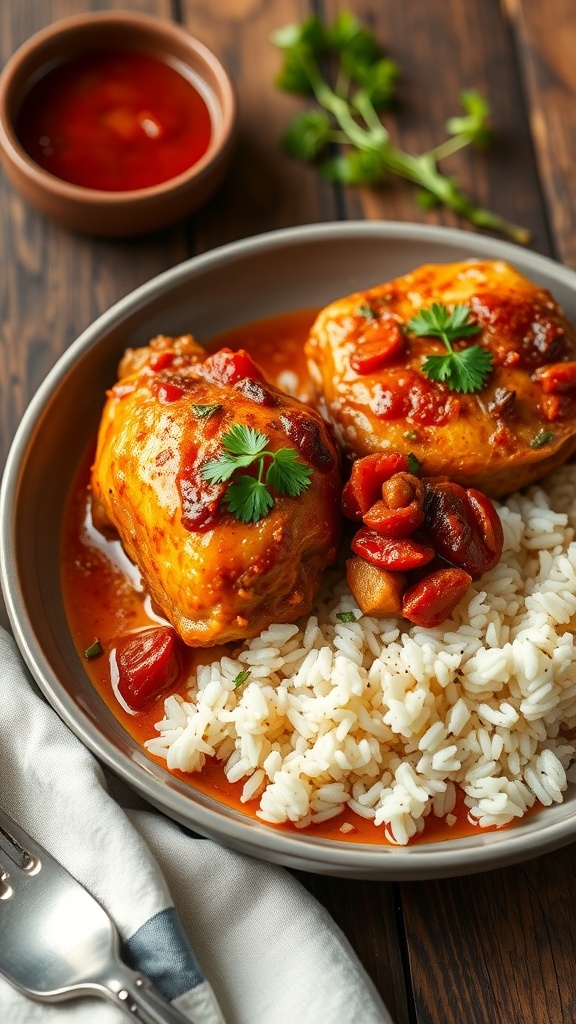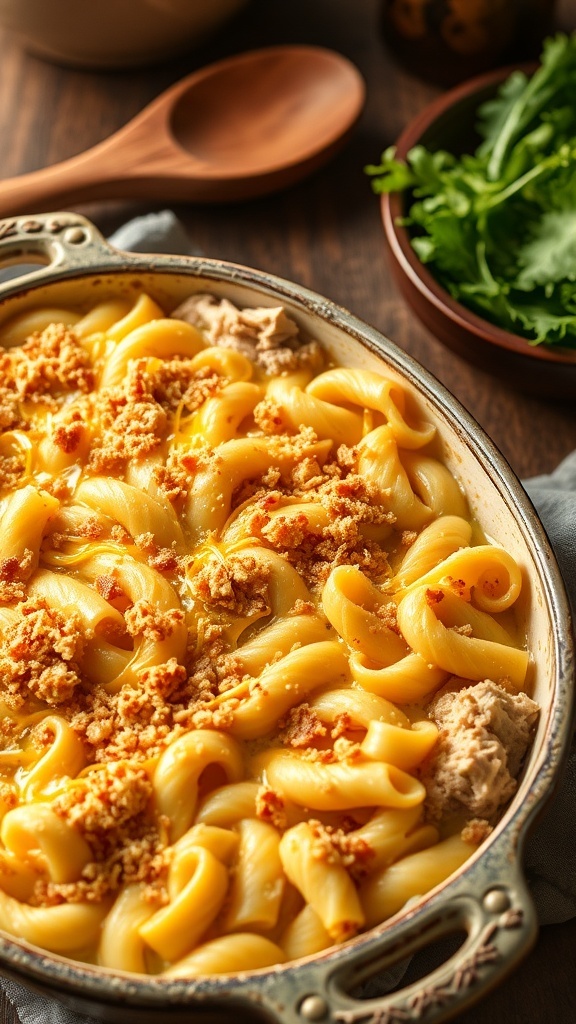If you want to make a meal that feels special but isn’t too hard to cook, beef tenderloin is a great choice. It’s a tender, flavorful cut that doesn’t need a lot of fuss, but when done right, it tastes amazing.
The key to a perfect beef tenderloin is trimming the fat and cartilage, seasoning well, and cooking it just until it’s tender and juicy.
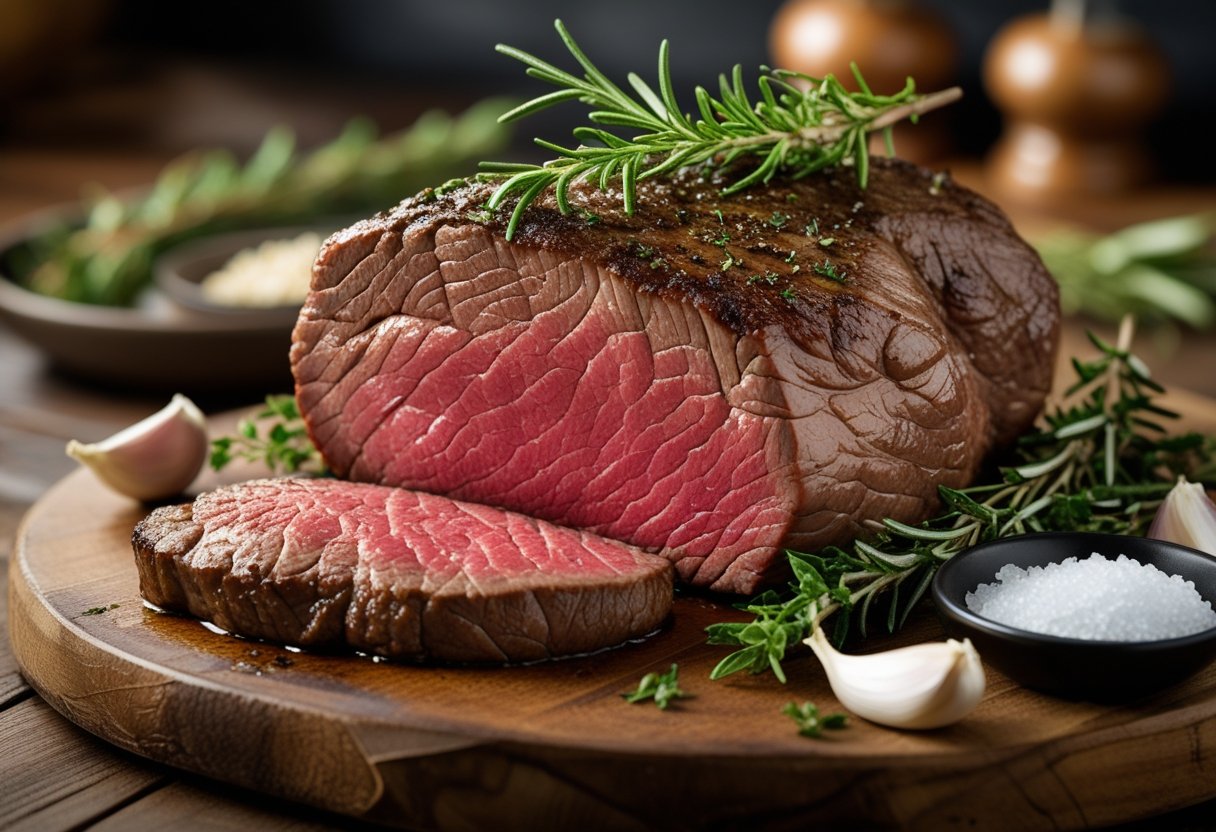
I like cooking beef tenderloin because it’s impressive and perfect for any occasion, from family dinners to holiday gatherings. The trick is to sear it on the stove first to lock in the flavors, then finish it in a hot oven.
Using a meat thermometer really helps to make sure it’s cooked just right without drying out. This recipe will walk you through each step to get that tender, flavorful roast everyone will enjoy.
How to Prepare and Cook Beef Tenderloin
Cooking beef tenderloin takes some care, but it’s worth the effort. I focus on picking the right cut, prepping it carefully, seasoning well, and using the right cooking method to get juicy, tender meat every time.
Choosing the Best Cut and Sourcing Ingredients
I start by looking for a whole beef tenderloin that’s fresh and bright red. The best pieces are firm with little visible fat except for a thin layer called the fat cap.
This cut is often sold trimmed or untrimmed. I prefer buying from a trusted butcher who can also help with trimming.
For ingredients, I get kosher salt, freshly ground black pepper, garlic, olive oil, and fresh herbs like rosemary and thyme. These simple additions bring out the natural flavor of the beef without overpowering it.
Trimming and Tying the Whole Beef Tenderloin
When I handle a whole beef tenderloin, trimming is important. I remove the silver skin, which is a thin, tough layer of connective tissue, using a sharp knife.
This helps the meat cook evenly and improves texture. After trimming, I tie the tenderloin with kitchen twine in 1 to 2-inch intervals.
This keeps the roast uniform in shape so it cooks consistently. It also stops the tenderloin from spreading out on the pan.
Seasoning With Salt, Herbs, and Spices
I rub the beef tenderloin with olive oil first. This helps the seasoning stick and promotes browning.
Then I sprinkle kosher salt and black pepper all over the meat. Next, I make a paste with crushed garlic, chopped fresh rosemary, and thyme.
I spread this mixture on the beef. The fresh herbs give a lovely aroma and flavor, especially when roasted.
Searing and Roasting Techniques
I preheat a cast-iron skillet or heavy pan until it’s very hot. Then I sear the beef tenderloin on all sides for about two minutes each.
This locks in juices and creates a rich brown crust. After searing, I roast the beef in the oven at 275°F for slow, even cooking, aiming for an internal temperature of about 130°F for medium-rare.
I use a meat thermometer to check the temperature so I don’t overcook it. When it reaches the right temperature, I let it rest for at least 15 minutes before slicing.
This helps redistribute the juices for a tender, flavorful bite. For exact timing and tips, check out this roasted beef tenderloin recipe.
Serving, Sauces, and Perfect Sides
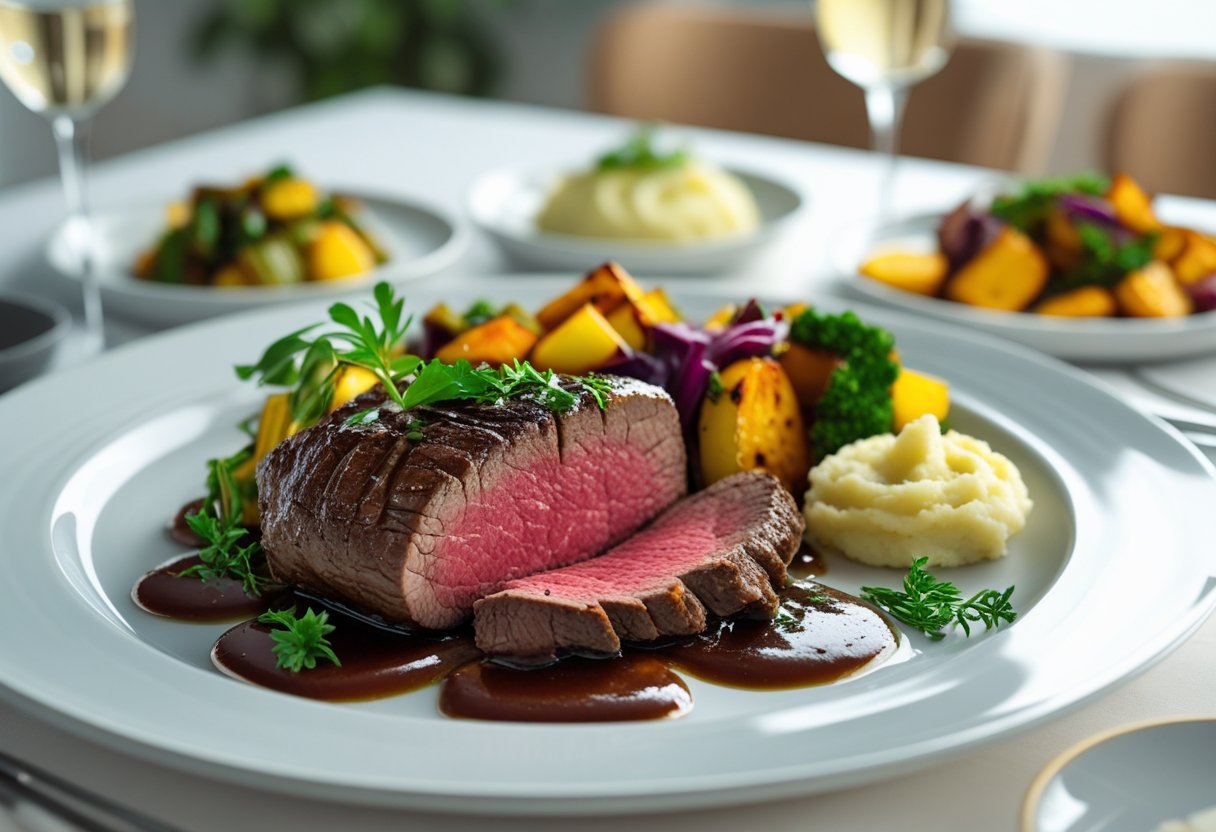
Serving beef tenderloin well makes the meal more special. How you slice it and the sauces you choose bring out its best flavor.
Pairing the tender meat with the right sides completes the dish perfectly, whether you go for simple mashed potatoes or roasted vegetables. You can also try variations like filet mignon steaks or classic Beef Wellington.
Slicing and Presentation Tips
When slicing beef tenderloin, I like to cut it into thick, even rounds about 1 to 1.5 inches thick. This helps the steak stay juicy and shows off the tender texture.
Always slice against the grain to make the meat easier to chew. For a nice presentation, arrange the slices on a warmed plate.
You can fan them out or stack them lightly. Adding fresh herbs or a drizzle of sauce over the meat adds color and appeal.
Warm plates keep the beef tender and ready to enjoy.
Horseradish Cream and Dijon Mustard Sauces
Horseradish cream is one of my favorite sauces for serving beef tenderloin. It combines horseradish with sour cream to balance heat and creaminess.
The sharpness of horseradish adds a nice kick without overpowering the beef. Dijon mustard sauce is another great choice.
It has a tangy, smooth flavor that pairs well with tender cuts. You can mix Dijon mustard with a little sour cream or cream for a rich but zesty sauce.
Both sauces are easy to make and bring out the beef’s natural flavor.
Classic Sides Like Mashed Potatoes and Roasted Vegetables
Mashed potatoes are a must-have side for me. They offer a creamy, buttery texture that matches perfectly with the juicy beef.
You can add roasted garlic or herbs to your mash for extra flavor. Roasted vegetables, like green beans or carrots, add color and a touch of sweetness.
Toss them with olive oil, salt, and pepper before roasting to bring out the natural flavors. These sides keep the plate balanced and give a nice variety of textures.
Variations: Filet Mignon Steak and Beef Wellington
If you want a smaller, steakhouse-style option, filet mignon steak is the way to go. It is cut from beef tenderloin and cooks quickly.
Filets are great when you want individual portions with a tender, melt-in-your-mouth feel.
Beef Wellington is a classic elegant dish using beef tenderloin wrapped in puff pastry. It has layers of mushroom duxelles and sometimes pâté.
The beef is sealed with pastry for a rich, savory bite. It’s perfect for special occasions when you want to impress with presentation and flavor.

